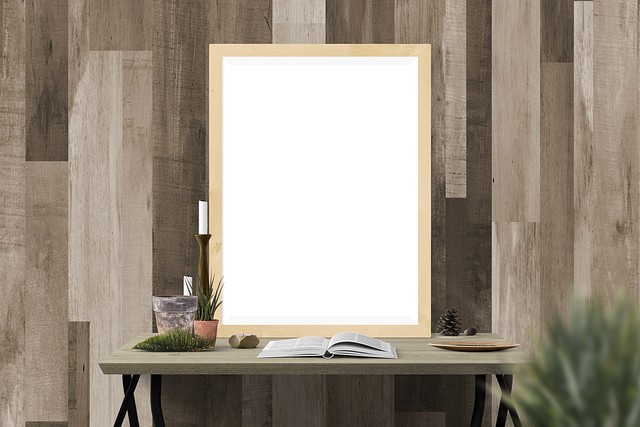In the captivating world of photography, the term frame” transcends its literal meaning. It becomes a powerful tool for storytelling, an intimate embrace of the moment you wish to capture. Whether you are wielding a professional camera or simply snapping shots with your smartphone, understanding how to manipulate your frame can elevate your work and articulate your vision more clearly.
At its core, a frame dictates the boundaries of what the viewer sees. Just as the right optics can enhance the clarity of an image, a thoughtfully composed frame can enrich the narrative within it. Imagine standing in front of a breathtaking landscape; a mountainscape bathed in golden hour light or a bustling city street filled with life. How you choose to frame these scenes can dictate whether the image tells a story of tranquility or chaos.
In terms of exposure, framing goes hand in hand with light and shadow. The framing you choose can accentuate the subject by guiding the viewer’s eye toward it. For instance, using natural elements—like trees or buildings—to create a frame within your photo not only adds depth but also serves to highlight your focal point. This technique aligns your exposure settings, ensuring that the subject captures sufficient light while being set against an intriguing backdrop.
Every photographer should explore the different types of frames available. The rule of thirds, leading lines, and symmetrical framing are just a few methods that can dramatically affect how the audience perceives your work. A harmonious balance between your subject and its environment can generate a captivating image that resonates on a deeper emotional level.
Then there’s the importance of context. A frame can provide insight into the setting, offering clues about the atmosphere and mood of the image. For instance, a close-up of a child laughing framed against a backdrop of autumn leaves might evoke feelings of joy and nostalgia. Conversely, a harsh, industrial landscape framed with grayed skies could convey a sense of isolation or despair.
As you experiment with different framing techniques, remember to pay close attention to your camera settings as well. Adjusting your aperture, shutter speed, and ISO can enhance the interplay between exposure and framing, allowing you to achieve the desired effect in your imagery. The dance between light and shadow, coupled with your framing choices, brings your photographs to life.
Ultimately, mastering exposure is not just about the technicalities; it’s about tapping into your artistic instincts and expressing the emotions you wish to convey. Every frame can tell a unique story, one that holds the viewer’s gaze and stirs their imagination. So, next time you lift your camera, consider the frame and allow it to shape the moments you capture forever.



